Common Reasons Why Your Air Compressor Isn’t Building Pressure

When your air compressor is not building pressure, it can be a frustrating issue to deal with. There are several common reasons why this may be happening, and understanding these can help you troubleshoot and fix the problem.
One possible reason is a clogged air filter. Over time, dirt and debris can accumulate in the air filter and restrict the flow of air. This can prevent the compressor from building pressure. Regularly cleaning or replacing the air filter can help maintain proper airflow and prevent this issue.
Another common cause is a damaged or worn-out pressure switch. The pressure switch is responsible for regulating the pressure inside the compressor. If it is faulty or worn out, it may not properly control the pressure, leading to a lack of pressure build-up. Inspecting and replacing the pressure switch if necessary can resolve this problem.
A leak in the air compressor system is also a possible culprit. Air leaks can occur in various components, such as hoses, fittings, valves, or even the compressor itself. These leaks can result in a loss of pressure and prevent the compressor from building pressure as intended. Inspecting and repairing any air leaks can solve this issue.
Air Compressor Not Turning On
Power Supply
If your air compressor is not turning on, the first thing to check is the power supply. Make sure that the air compressor is properly plugged into a working electrical outlet. If it is plugged in, check if there is power by plugging another device into the same outlet.
Circuit Breaker
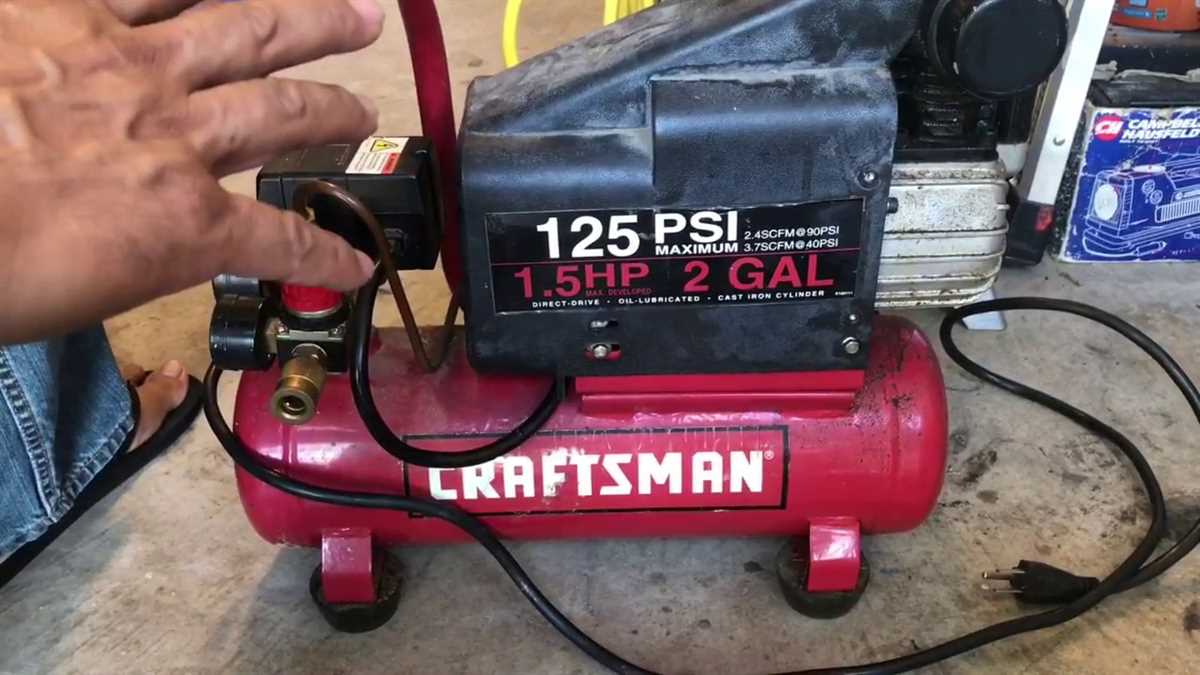
If there is no power to the outlet, check the circuit breaker. It is possible that the circuit breaker has tripped, cutting off power to the outlet. Locate the circuit breaker panel and check if any of the breakers are in the tripped position. If you find a tripped breaker, reset it and try turning on the air compressor again.
Pressure Switch
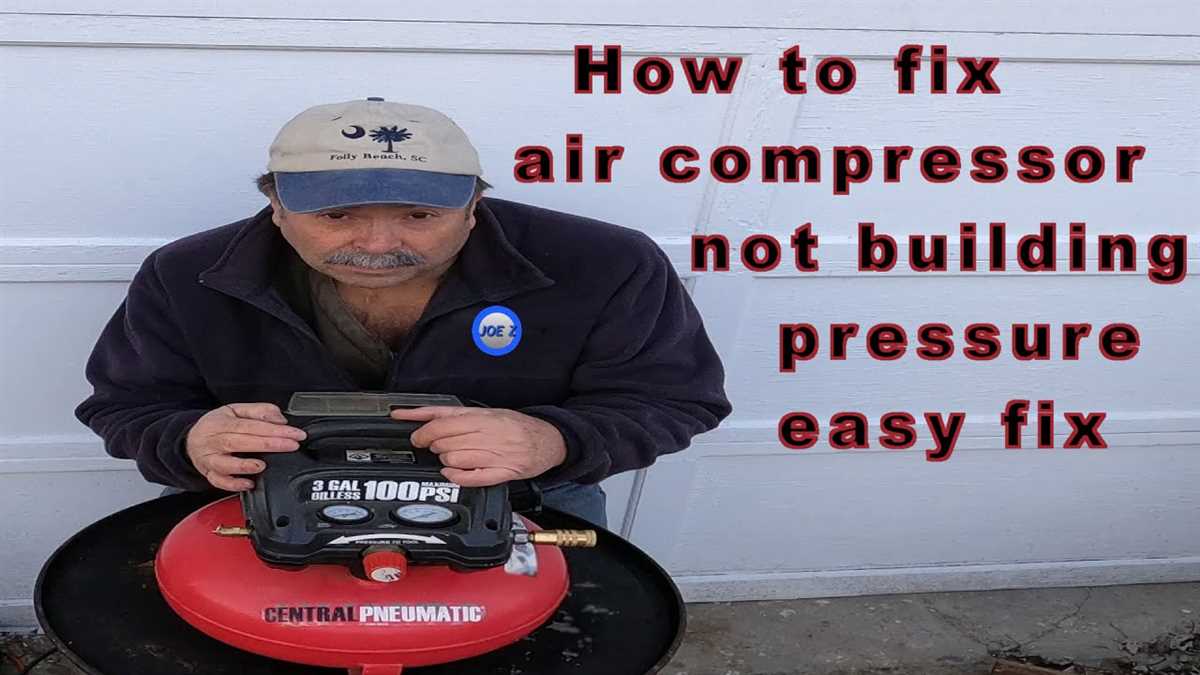
If the power supply is not the issue, another possible cause for the air compressor not turning on is a faulty pressure switch. The pressure switch is responsible for turning the compressor on and off based on the pressure level in the tank. If the pressure switch is not functioning properly, it may prevent the compressor from turning on. Inspect the pressure switch for any signs of damage or wear, and consider replacing it if necessary.
Motor Capacitor
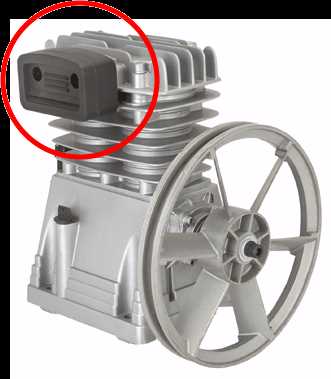
The motor capacitor is another component that can cause the air compressor not to turn on. The motor capacitor provides an extra boost of power to the compressor motor when starting up. If the motor capacitor is defective or malfunctioning, it may prevent the compressor from turning on. Check the motor capacitor for any visible signs of damage or leakage, and replace it if necessary.
Power Supply Issues
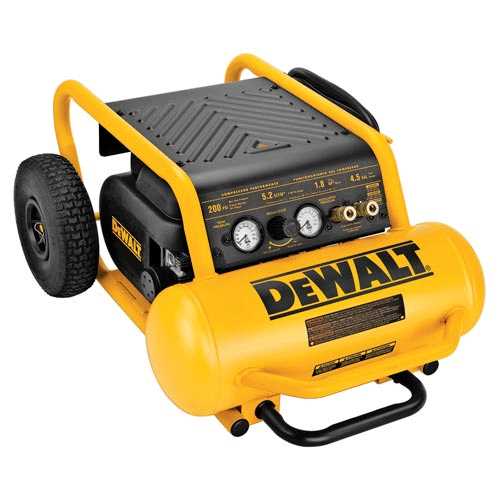
One common reason why your air compressor may not be building pressure is due to power supply issues. This could include problems with the electrical outlet or issues with the circuit breaker. If the power supply is not providing enough voltage or there is a fault in the wiring, the compressor may not be able to operate properly.
Electrical Outlet: Check the electrical outlet to ensure it is functioning correctly. Make sure the outlet is not overloaded with other appliances and that the plugs are securely inserted. You may also want to use a voltage tester to check if the outlet is providing the correct amount of voltage.
Circuit Breaker: If the compressor is not receiving power, check the circuit breaker in your electrical panel. If the breaker has tripped, reset it and try running the compressor again. If the breaker continues to trip, there may be a more serious electrical issue that will require the assistance of a professional electrician.
Wiring: Inspect the wiring connected to the compressor for any signs of damage or loose connections. If any issues are found, they should be repaired or replaced by a qualified electrician. Faulty wiring can prevent the compressor from receiving the necessary power to build pressure.
Faulty Pressure Switch
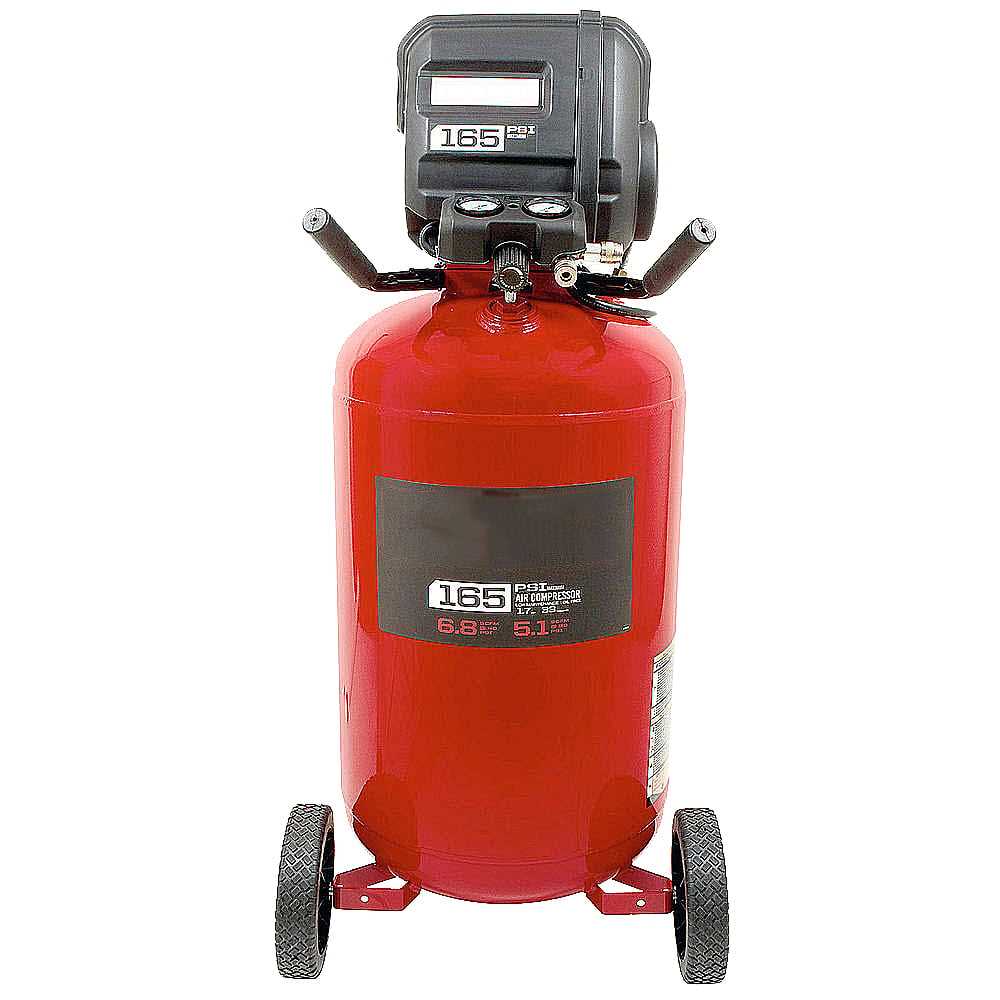
A faulty pressure switch can be a common reason why an air compressor is not building pressure. The pressure switch is responsible for monitoring the pressure in the air tank and activating or deactivating the motor when the desired pressure levels are reached.
Symptoms of a faulty pressure switch
One common symptom of a faulty pressure switch is when the compressor fails to turn on or off at the appropriate pressure levels. This can result in the compressor continuously running without building pressure or not turning on at all.
Another symptom is when the air compressor builds pressure, but does not shut off at the desired pressure level. This can lead to over-pressurization of the tank, which can be dangerous.
Possible causes of a faulty pressure switch
There are several reasons why a pressure switch may become faulty. One possible cause is a malfunctioning diaphragm, which can prevent the switch from accurately detecting the pressure levels in the tank.
Corrosion or debris can also affect the performance of the pressure switch. Over time, moisture or contaminants may accumulate inside the switch, causing it to malfunction.
How to fix a faulty pressure switch
If you suspect that the pressure switch is the cause of the issue, it is recommended to replace it with a new one. A faulty pressure switch cannot be repaired and should be replaced to ensure the proper functioning and safety of the air compressor.
When replacing the pressure switch, it is important to choose a switch that is compatible with the air compressor model and pressure requirements. It is also recommended to follow the manufacturer’s instructions and guidelines to properly install the new pressure switch.
Regular maintenance, including cleaning and inspecting the pressure switch, can help prevent potential issues and ensure the longevity of the air compressor.
Motor Problems
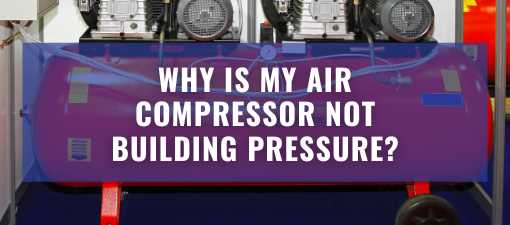
If your air compressor is not building pressure, motor problems could be the cause. There are several issues related to the motor that can affect the performance of your air compressor.
1. Faulty Motor Capacitor
A faulty motor capacitor can prevent the motor from starting or running properly. The capacitor stores and releases electrical energy to help the motor run smoothly. If the capacitor is faulty, the motor may not have enough power to build pressure. You can test the capacitor using a multimeter to check if it is within the recommended range of capacitance.
2. Worn Out Motor Brushes
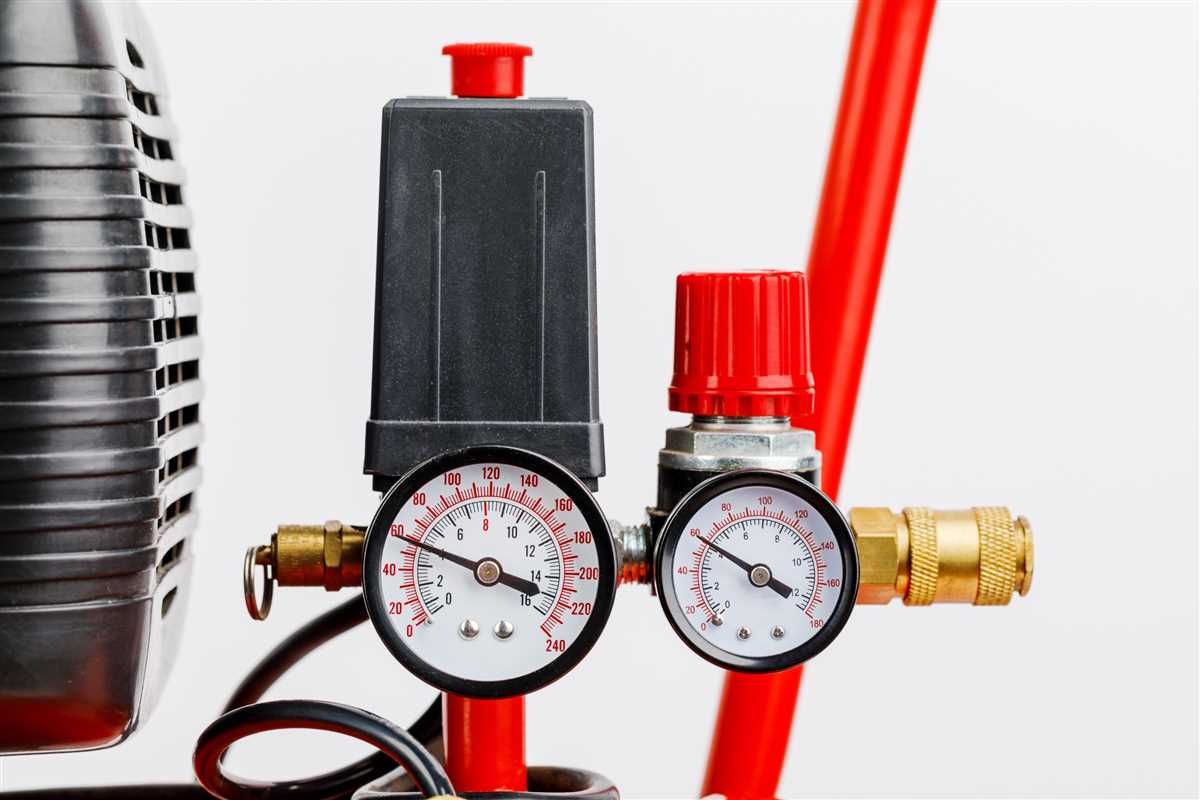
The motor brushes are responsible for transferring electrical current to the rotating parts of the motor. Over time, these brushes can wear out and lose their effectiveness. If the brushes are worn out, the motor may not be able to generate enough power to build pressure. You can inspect the brushes for signs of wear, such as uneven or frayed edges. If they are worn out, they will need to be replaced.
3. Burned Out Motor Windings
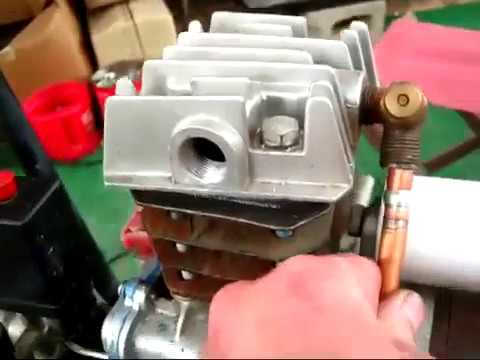
The motor windings are coils of wire that create a magnetic field when current passes through them. If the motor windings are burned out, the motor may not be able to generate enough power to build pressure. This can happen if the motor is overloaded or if there is a short circuit. You can check the motor windings using a multimeter to see if they are still functioning properly. If they are burned out, the motor may need to be replaced.
By addressing these motor problems, you can ensure that your air compressor is able to build pressure efficiently. Regular maintenance and inspection of the motor components can help prevent these issues from occurring in the first place.
Air Leaks
An air leak is one of the common reasons why your air compressor may not be building pressure. Air leaks can occur in various parts of the compressor system, including the hoses, fittings, valves, and seals. These leaks can cause a significant decrease in the overall efficiency of the compressor and result in a loss of pressure.
Signs of an Air Leak
- Constant running of the compressor without building pressure
- Audible hissing or leaking sound from the compressor
- Visible leaks or oil stains around the compressor components
Causes of Air Leaks
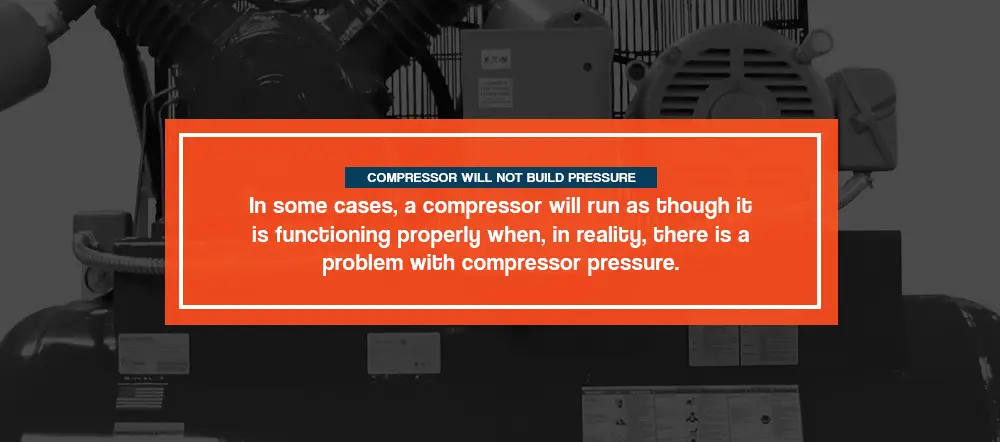
Air leaks can be caused by a variety of factors, including:
- Loose or damaged fittings: Over time, fittings can become loose, causing air to escape. Damaged fittings can also lead to leaks.
- Worn-out seals: Seals are essential for maintaining airtight connections, but they can wear out due to age, use, or improper maintenance.
- Cracks or holes in hoses: Hoses can develop cracks or holes over time, leading to air leaks.
- Malfunctioning valves: Faulty valves can result in air leakage and prevent the compressor from building pressure.
How to Fix Air Leaks
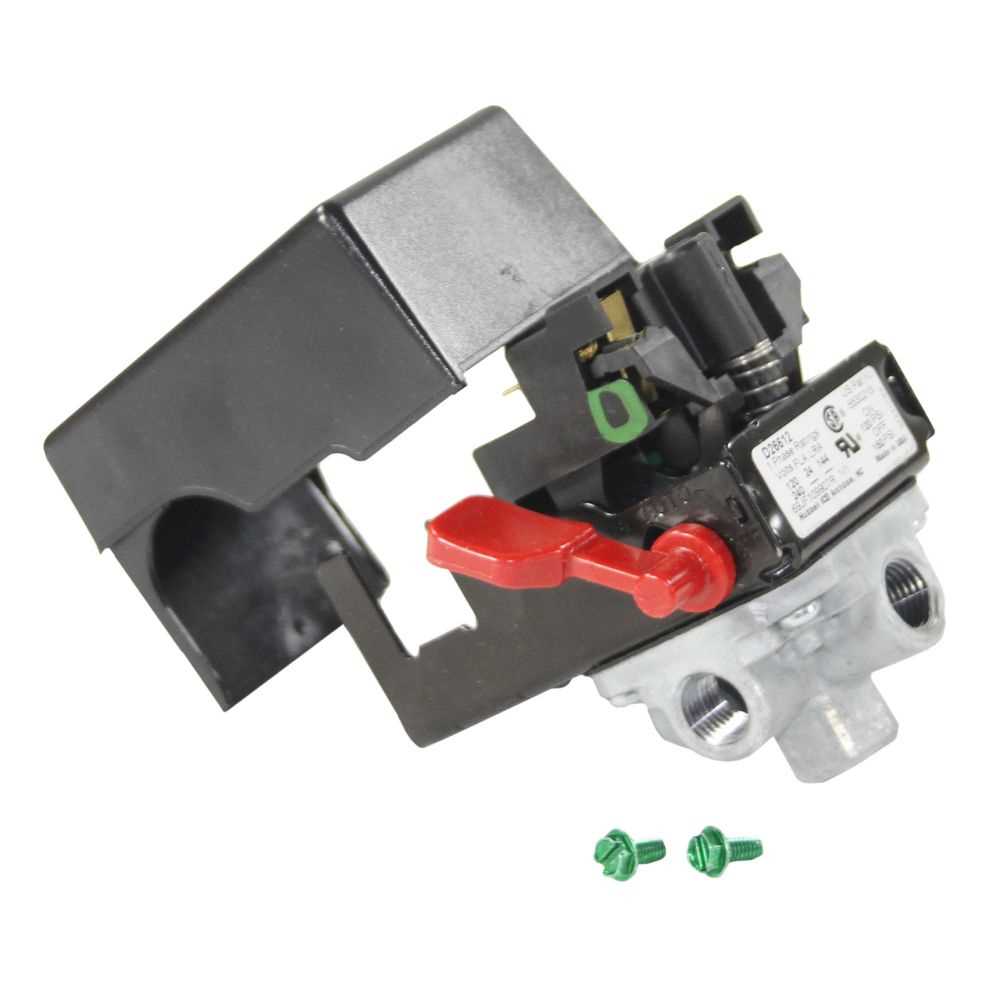
Identifying and fixing air leaks is crucial for restoring the proper functioning of your air compressor. Here are steps you can take to fix air leaks:
- Inspect all fittings, valves, and hoses for any signs of damage or leakage.
- Tighten loose fittings using appropriate tools.
- Replace damaged or worn-out seals.
- Repair or replace any cracked or damaged hoses.
- Ensure valves are working correctly and replace any faulty ones.
Regular maintenance and periodic inspections of your air compressor system can help prevent air leaks and ensure optimal performance.
Clogged Air Filter
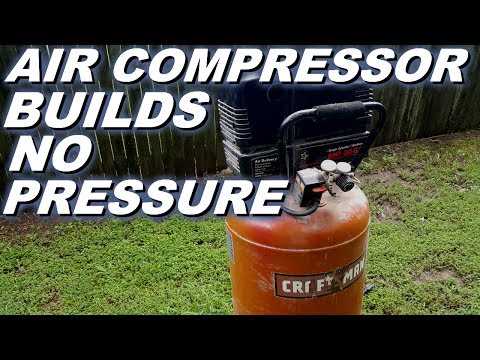
If you notice that your air compressor is not building pressure, one possible reason could be a clogged air filter. The air filter is responsible for preventing dirt, dust, and debris from entering the compressor and clogging the internal components. Over time, the air filter can become dirty and clogged, limiting the airflow and causing the compressor to struggle in building pressure.
To diagnose if the air filter is the issue, you can visually inspect it. Remove the air filter cover and check for any signs of dirt or debris. If the filter appears dirty, it is likely clogged and needs to be cleaned or replaced. Additionally, you can try running the compressor without the air filter to see if the pressure builds up properly. However, this should only be done briefly and not as a long-term solution, as it can allow larger particles to enter the system and cause damage.
To clean a clogged air filter, gently tap it on a hard surface to remove any loose debris. You can also use compressed air or a vacuum cleaner to remove stubborn dirt. If the filter is heavily clogged or damaged, it is recommended to replace it with a new one. Ensure that you choose the correct air filter that is compatible with your compressor model.
Regularly checking and cleaning or replacing the air filter can help maintain optimal performance of your air compressor and prevent issues with pressure build-up. It is recommended to consult the manufacturer’s instructions for specific maintenance guidelines regarding the air filter.
Worn Piston Rings
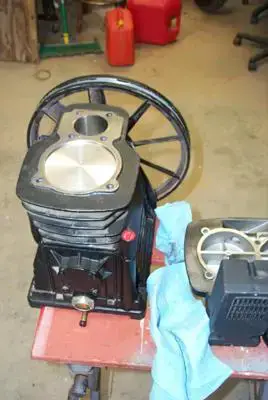
If your air compressor is not building up pressure, one possible cause could be worn piston rings. Piston rings play a crucial role in maintaining compression within the cylinder of the air compressor. Over time, these rings can wear out due to continuous use and exposure to high temperatures.
When the piston rings become worn, they can no longer create a proper seal between the piston and the cylinder wall. This results in a loss of compression, which means that the air compressor will not be able to build up pressure effectively. As a result, the compressor may struggle to reach the desired pressure levels, or it may not build up pressure at all.
To check if the piston rings are the cause of the problem, you can perform a compression test. This involves removing the cylinder head and using a compression gauge to measure the compression levels. If the pressure readings are lower than the specified range, it is likely that the piston rings are worn and need to be replaced.
Replacing the piston rings in an air compressor can be a complex task that requires technical knowledge and skills. If you are not experienced in working with air compressors, it is recommended to seek professional assistance. A qualified technician will be able to accurately diagnose the issue and replace the worn piston rings to restore proper compression and pressure buildup in your air compressor.
Faulty Valves
If your air compressor is not building pressure, one possible cause could be faulty valves. Valves play a crucial role in the compression process by allowing air to enter and exit the compression chamber. If the valves are not functioning properly, air may leak out or not be allowed to enter, resulting in low or no pressure build-up.
There are two types of valves that can be problematic: the intake valve and the discharge valve. The intake valve allows air to flow into the compression chamber, while the discharge valve opens to release compressed air. If either of these valves is damaged or worn out, they may not seal properly, causing air to leak.
A faulty intake valve may prevent enough air from entering the compression chamber, leading to low pressure or no pressure build-up. On the other hand, a defective discharge valve may fail to open properly, causing back pressure and preventing compressed air from being released. Both of these valve issues can result in the air compressor not building pressure.
To diagnose the problem, you can inspect the valves for any signs of damage, such as cracks or worn-out surfaces. You may also need to clean the valves to remove any dirt or debris that could be causing them to malfunction. In some cases, you may need to replace the faulty valves with new ones to restore proper functioning.
It’s important to regularly maintain and inspect the valves of your air compressor to ensure they are in good working condition. This can help prevent valve-related issues and ensure proper pressure build-up for efficient operation.
FAQ:
Why isn’t my air compressor building pressure?
There are several possible reasons why your air compressor isn’t building pressure. It could be due to a malfunctioning pressure switch, a leak in the air hose or fittings, a faulty air filter, or a problem with the motor. It’s important to investigate each of these potential issues to determine the cause of the problem.
How can I troubleshoot a malfunctioning pressure switch?
If you suspect that the pressure switch is causing the issue, you can start by testing it with a multimeter. Disconnect the power source, remove the pressure switch cover, and use the multimeter to check for continuity. If there is no continuity, the pressure switch is likely faulty and needs to be replaced. If there is continuity, you should check the contacts and ensure they are clean and properly aligned.
What should I do if there is a leak in the air hose or fittings?
If you suspect a leak in the air hose or fittings, start by checking all the connections. Tighten any loose fittings and ensure that the air hose is tightly secured to the compressor. If the leak persists, you may need to replace the faulty hose or fittings. It’s important to address any leaks as they can significantly reduce the efficiency of the compressor and prevent it from building pressure.
Can a faulty air filter cause the compressor to not build pressure?
Yes, a faulty air filter can restrict the airflow and prevent the compressor from building pressure. Start by inspecting the air filter and cleaning or replacing it if necessary. A clogged or dirty air filter can reduce the efficiency of the compressor and lead to various performance issues. Regular filter maintenance is essential to prevent problems and ensure optimal performance.
What should I do if the motor is the problem?
If you suspect that the motor is causing the issue, it’s best to consult a professional technician. The motor can be a complex component, and attempting to repair or troubleshoot it without adequate knowledge and experience can be dangerous. A technician can thoroughly inspect the motor, diagnose the problem, and carry out any necessary repairs or replacements to get your compressor back up and running.
Video:











